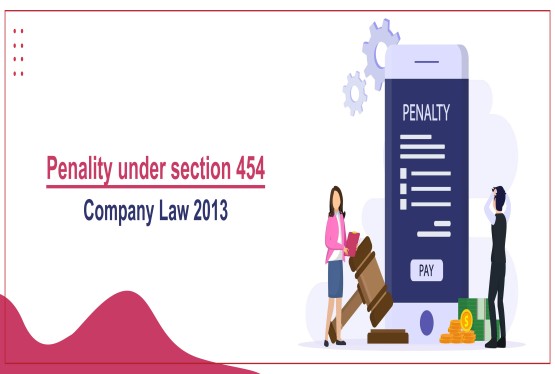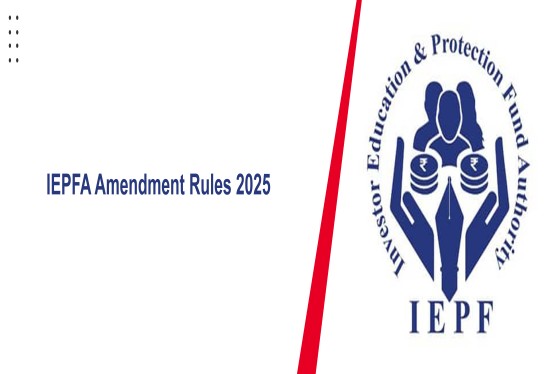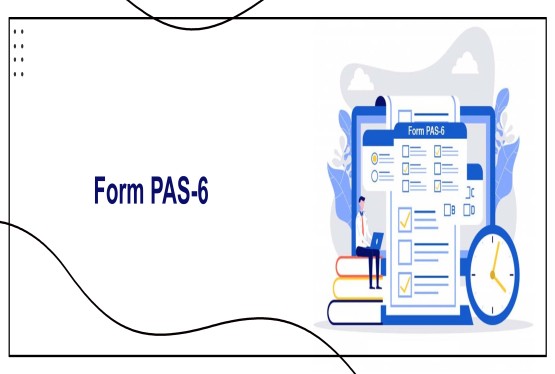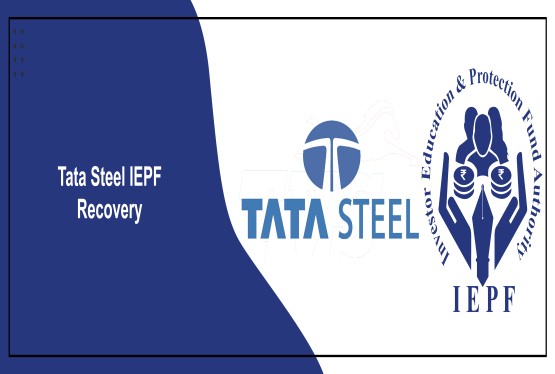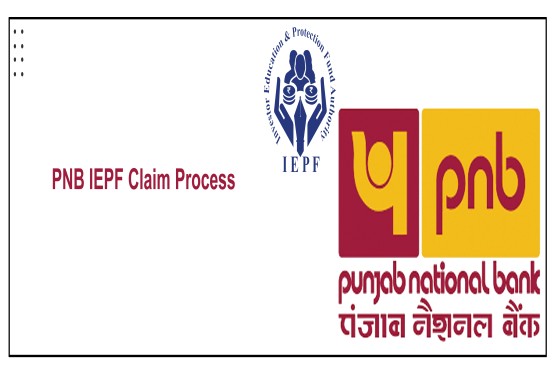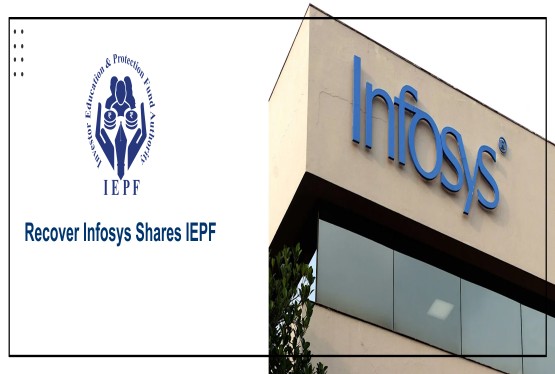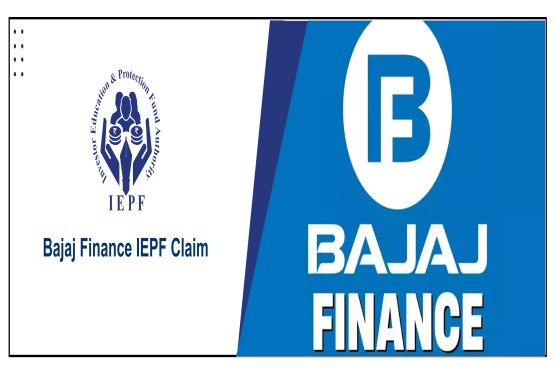Overview
Foreign Liabilities and Assets (FLA) Annual Return is a report that residents of India are required to file with the Reserve Bank of India (RBI) under the Foreign Exchange Management Act (FEMA).
Submission of web-based FLA at FLAIR portal at very first time started for the financial year 2019-20 where all entities which are filing FLA return for the first time with revised UIN (Unique identification number) are required to register themselves at FLAIR first for generating login credentials. RBI has done away with the email-based reporting system and launched a new portal flair.rbi.org.in for the submission of web-based FLA Return resulting in enhancement in technicality and also increased the level of scrutiny of the reporting made by the Indian companies.
The purpose of the FLA return is to provide the RBI with information on the foreign currency assets and liabilities held by Indian residents as of the end of the financial year. The information required in the FLA return includes details on foreign currency bank accounts, investments in foreign companies, and properties held abroad, among other things. The first time users need to register on https://flair.rbi.org.in to start filing their return.
Who needs to file FLA Returns?
The FLA return must be filed by all Companies, Limited Liability Partnerships (LLP’s) and all other entities that are considered residents of India and have foreign currency assets or liabilities and has received any foreign direct investment (FDI) and/or made overseas investment (ODI) in the previous financial year including the current year till July 15th of every year.
In case of partnerships which have entered with FDI or ODI transactions, the partnership firm shall request RBI to issue a dummy CIN to which FLA return will be filed and further that dummy CIN shall be used to file the FLA Return. The due date for filing is July 15th of every year.
Further, in case if the Company/Entity does not have the audited balance sheet to submit the return, can do the same with the provisional balance sheet by filing FLA on or before 15th July and once the audited data is ready, Company may revise the submitted return on or before 30th September of the same year.

The regulations laid under the FEMA, 1999 states in case a Company does not have any assets or liabilities for the current year but has an outstanding FDI or ODI of the previous year, an FLA Return has to be filed indicating the outstanding assets or liabilities.
It is important to note that failure to file an FLA return or providing false information can result in penalties under FEMA. It is advisable to consult with a financial advisor or a legal expert for more information on the applicability and requirements of FLA returns under FEMA laws in India.
Exemption to Companies from filing FLA return:
-
Companies which do not have any outstanding balance of FDI or ODI by the end of the financial year.
-
Companies which have issued the shares on a non-repatriable basis to the non-residents of India.
-
Companies which have only received the share application consideration and did not receive nor made any FDI or ODI.
Penalty for non-filing
Non-filing of the return before the due date will be treated as a violation of FEMA and a penalty clause may be invoked for violation of FEMA. The penalty for non-filing is thrice (3) the amount involved for violation or INR 2,00,000 if the amount is non-quantifiable. When the violation continues, INR 5000 is charged per day from the date of violation and the power of compounding is delegated to the RBI Regional officer.
How to file the FLA Return?
Login in FLAIR System – The FLA Return is to be filed Online on RBI Portal https://flair.rbi.org.in/fla/. FLAIR stands for Foreign Liabilities and Assets Information Reporting (FLAIR)System. Select the new entity user (Company/ LLP/ Others) followed by the below steps:
1. Click on ‘FLA online Form’ option and ‘Start Filing FLA form’
2. FLA return is divided into 5 parts as stated below which is to be populated:
-
Identification Particulars
-
Financial Details
-
Foreign Liabilities
-
Foreign Assets
-
Variation Report
3. After populating all the details, the applicant shall ‘Submit Return’ for the submission of the FLA Return and an acknowledgement will be sent on the registered email ID.
However, already cited in earlier para, the FLA return if the accounts are not audited before the due date of submission, the same shall be submitted based on unaudited/ provisional accounts and once the accounts are audited, the revised FLA Return shall be submitted by 30th September of the same year.
Revision of current year FLA return
Revision of current year FLA Return can be made after taking prior approval from the RBI and the form is to be mailed by any authorised member of the Company from their email ID to the official email ID of the RBI i.e. fla@rbi.org.in including a cover letter explaining the reason for the revision and any additional information that may be relevant. The members of the Company who are authorised to file the FLA return are Company Secretary, Chief Financial Officer, and Directors duly authorised.
Conclusion
Foreign exchange laws in India, governed by the Foreign Exchange Management Act, 1999 (FEMA), regulate the inflow and outflow of foreign currency into the country. Under FEMA, residents of India are allowed to make certain foreign currency transactions, such as investing in foreign companies or purchasing property abroad. However, any money earned from these transactions, such as returns on investments or rental income from foreign property, must be reported to the Reserve Bank of India (RBI) and may be subject to taxes and other regulations. It is important to consult with a financial advisor or a legal expert for a better understanding of the applicability of FLA returns under FEMA laws in India.










































































_crop10_thumb.jpg)


































































_crop10_thumb.jpg)
_crop10_thumb.jpg)



_crop10_thumb.jpg)


_crop10_thumb.jpg)





_crop10_thumb.jpg)

_crop10_thumb.jpg)














-suratgujarat-section-158_crop10_thumb.jpg)
-suratgujarat_crop10_thumb.jpg)
-(33)_crop10_thumb.jpg)



-ahmedabad_crop10_thumb.jpg)
-learn_crop10_thumb.jpg)

-learnn_crop10_thumb.jpg)



























































_crop10_thumb.jpg)























_Guidelines_learn_crop10_thumb.jpg)























_learn_crop10_thumb.jpg)
_crop10_thumb.jpeg)










_crop10_thumb.jpg)




_Second_Amendment_Rules,_2025_learn_crop10_thumb.jpg)







_learn_crop10_thumb.jpg)
































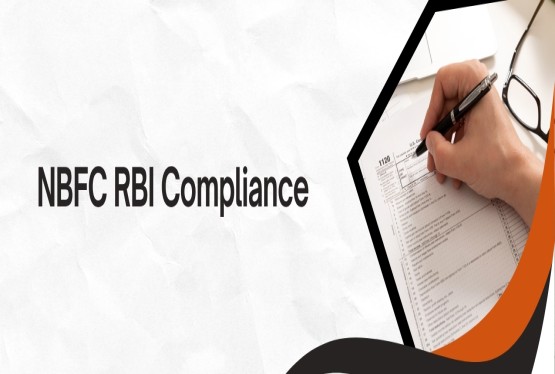











_learn_crop10_thumb.jpeg)








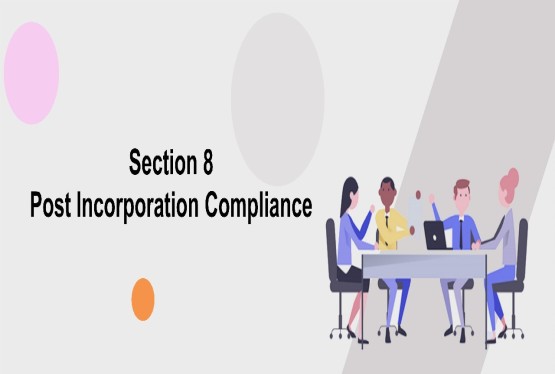
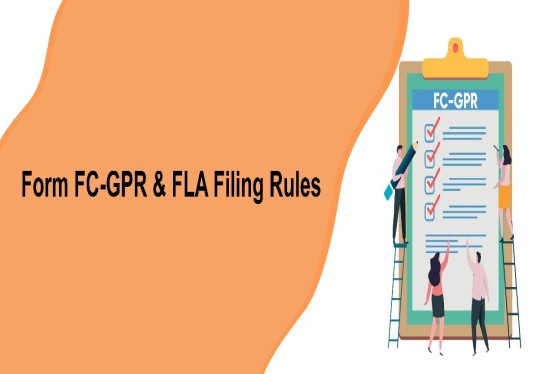



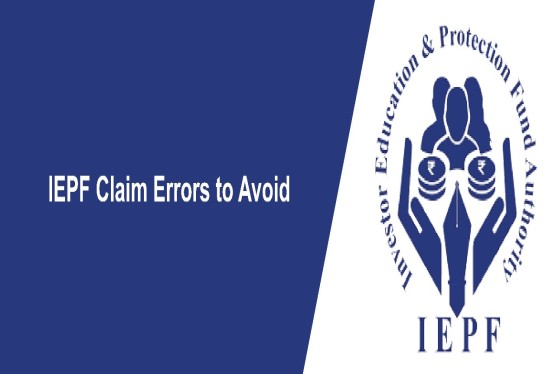





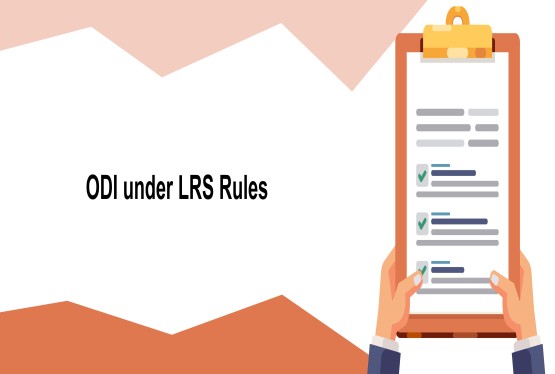
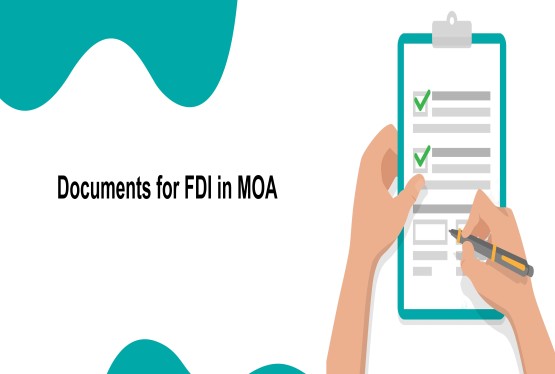


_learn_crop10_thumb.jpg)



_rd_roc_learn_crop10_thumb.jpg)
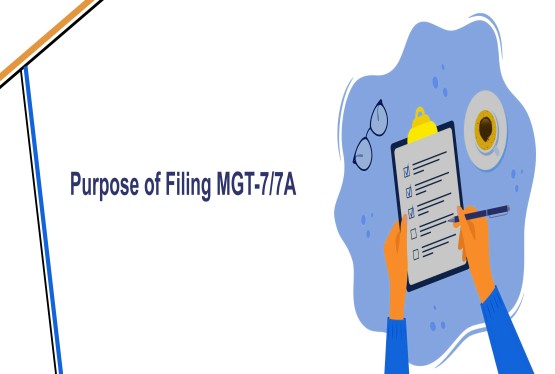
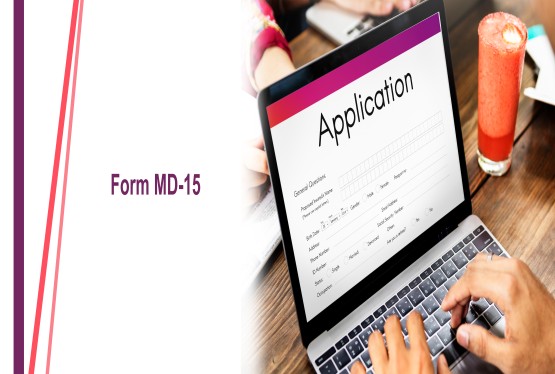


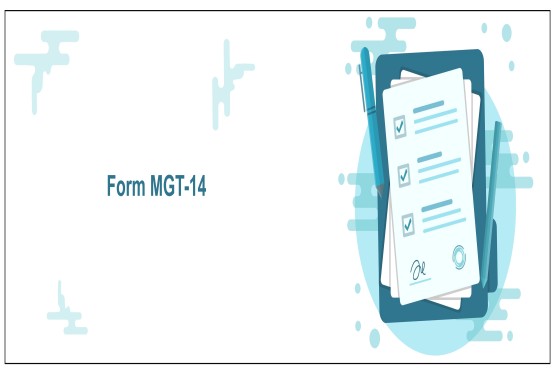
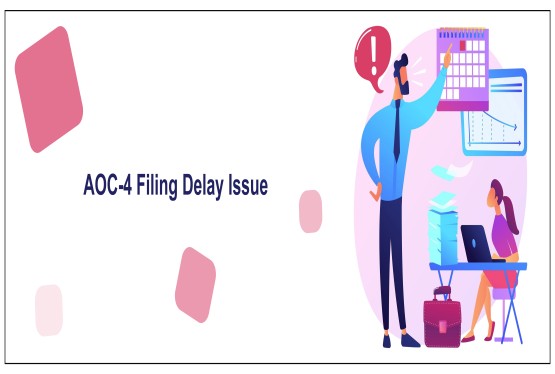
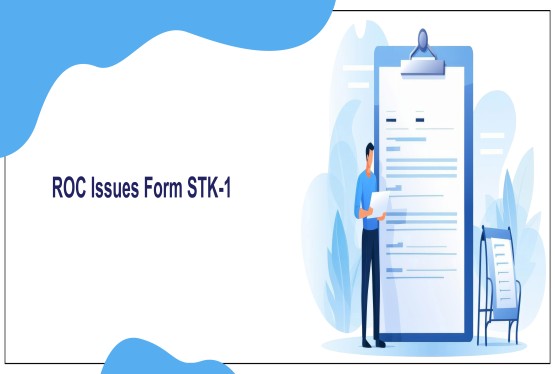








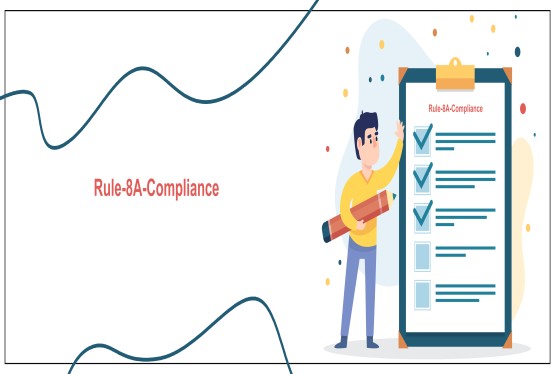
_learn_crop10_thumb.jpg)


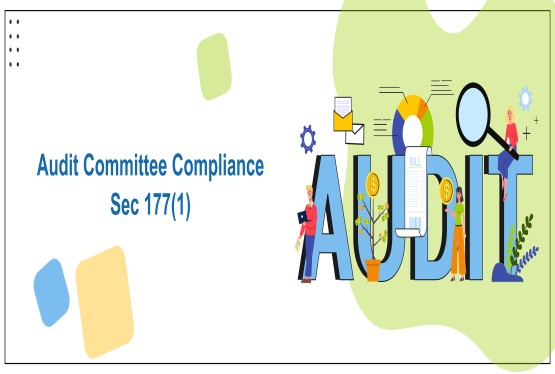



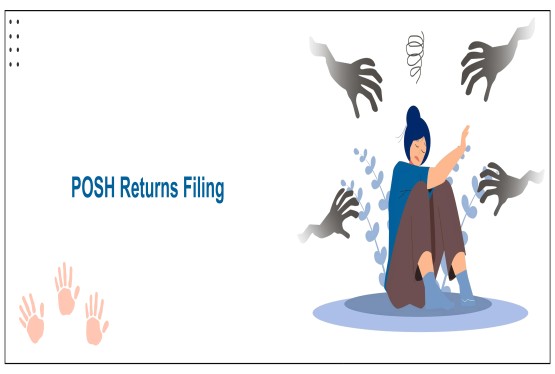





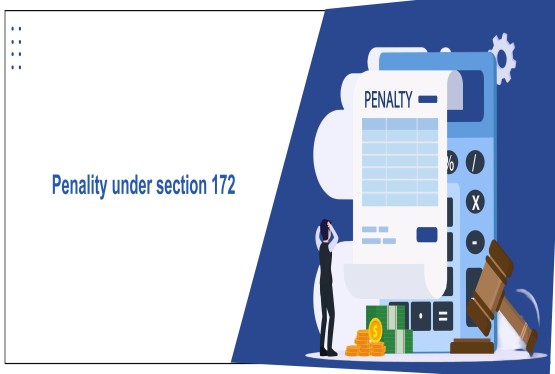
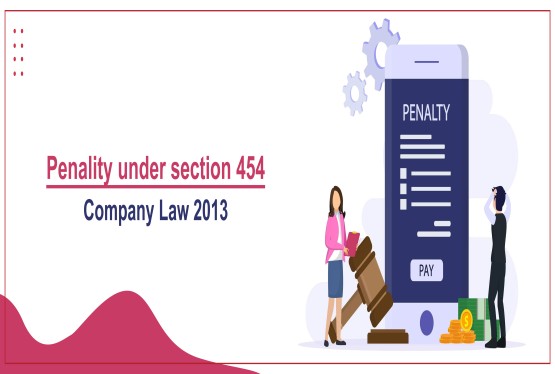
_learn_crop10_thumb.jpg)
_Learn_crop10_thumb.jpg)
